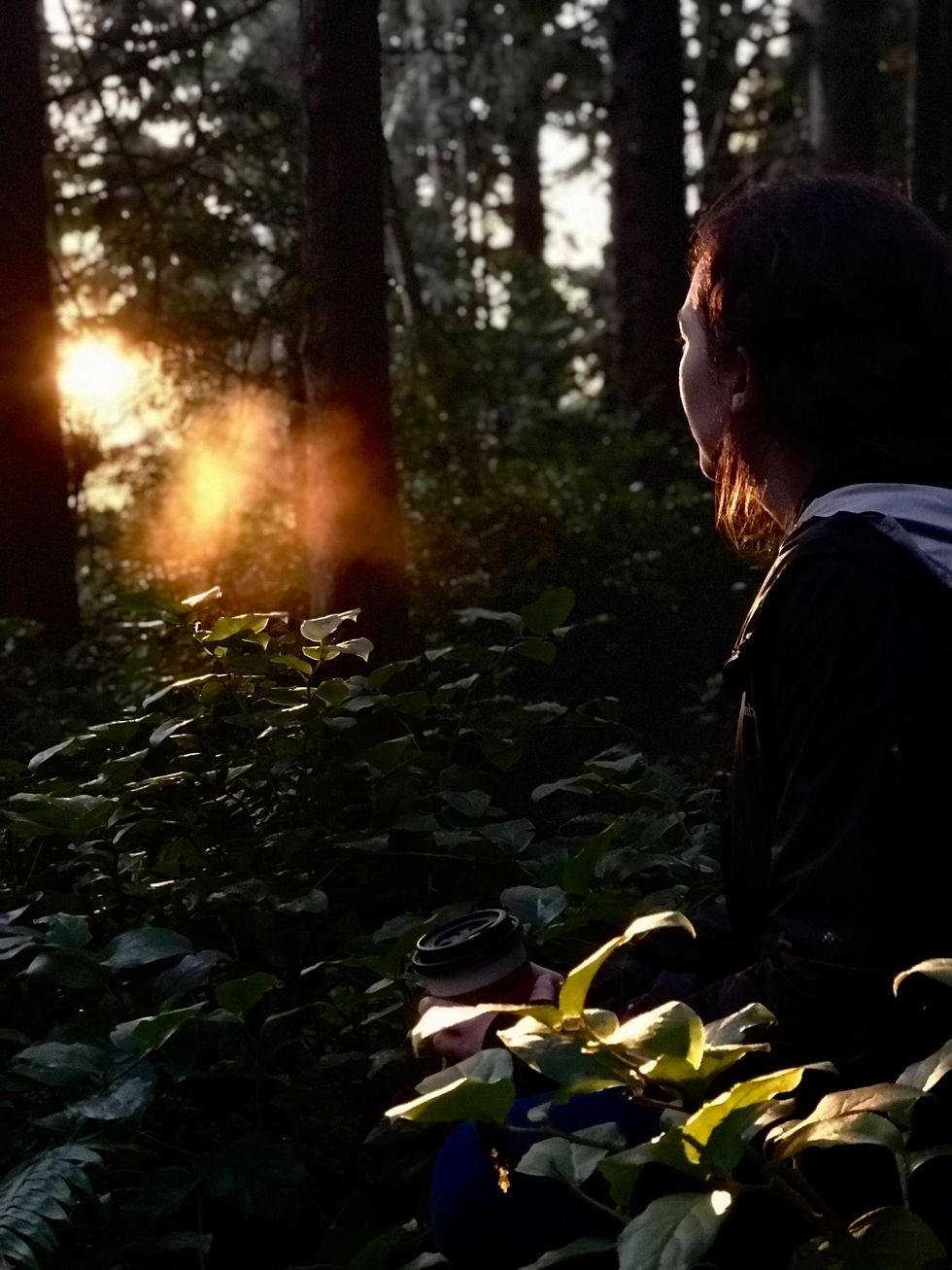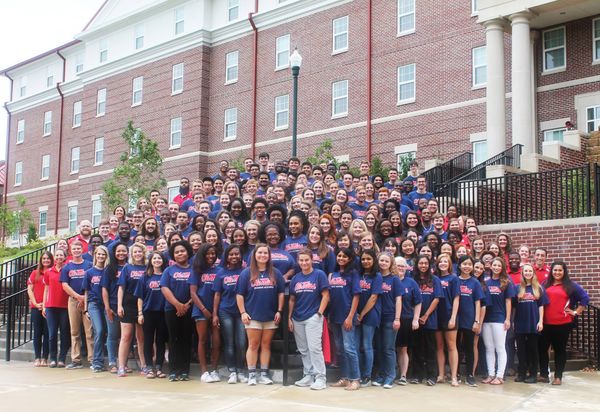“This absence of beauty, now that I come to think of it, is characteristic of our childhood. No picture on the walls of my father’s house ever attracted – and indeed none deserved – our attention. We never saw a beautiful building nor imagined that a building could be beautiful. My earliest aesthetic experiences, if indeed they were aesthetic, were not of that kind; they were already incurably romantic, not formal.” –C.S. Lewis, Surprised by Joy
I was always frustrated when fall came along. I guess it was supposed to be pretty, but any flourish of yellow and red was wiped away with one windy afternoon. Then all was drab, brown, cold, windy and dead, with sagebrush truly overwhelming my surroundings. Winter was terrible. My face would burn, my fingers and toes would grow numb. White snow turned to speckled brown sludge.
Things like sunsets and mountains didn’t impress me. Adults would go on and on about how pretty those types of things are. But mountains were always just there. Sunsets were never as picturesque as they should be. And something about buildings and debris in the way of views sapped for me what everyone else seemed to value.
I remember I would sit in my room with a piece of notebook paper on my lap and a pencil in my hand, overwhelmed with some longing I didn't know. I hovered the pen over the paper, wandering in thought until I felt like crying. I never actually cried, but I sure felt like it. I wanted to draw something, to make something.
Once, when I was able to get the pen to contact the paper, I drew a bird. It almost hit the spot in whatever longing I didn’t know I was having. I felt an odd sort of pride for the bird. I wasn’t proud because I made it; it just made me happy to look at it. I put it on my high school bedroom wall where it hangs to this day.
At my first Christmas eve service when I was 15, the church's average, dull sanctuary was transformed. The assertive globes of light on the ceiling were kept off, the room instead softly lit with Christmas lights. I teared up every time I looked at the tree in the corner – massive, freshly-cut from the mountains, beautifully and lovingly adorned in lights, bulbs, and bright star on top. A lit candelabra at the front of the room stole my attention the whole service. It began to satiate – or simply draw more attention to – the strange longing I hadn’t yet placed.
A couple days after that Christmas Eve, I grabbed up a pen and paper and attempted to draw the candles. I was overwhelmingly frustrated that my drawing failed to capture whatever it was about them that struck me so deeply.
“Wait! Go back over there! I can see your breath, and it’s orange!”
I obediently squatted back down over the beam of light on the forest floor and breathed. I saw it then, too. Swirls of color flowing from my mouth. The setting sun that skipped over the Pacific Ocean and shot straight up this mountain to make this one particular patch of moss vibrant orange was kind enough to also transform my coffee-breath into something quite stunning.
“The camera doesn’t see what my eyes see!” my exasperated friend shouted as I began to ponder hyperventilation.
On our way back down the trail, we talked about cameras and eyes, pictures and reality. We talked about ideal forms trapped in our heads and what we saw in the world around us. We talked about copies of copies, and we talked about the Source of Beauty. We talked about being kids, drawn to beauty, feeling a particular pull. And we talked about how grateful we are to get an education, to be able to name the longing even if we'll never be able to fulfill it, to now have the language to talk about what we talked about.
















